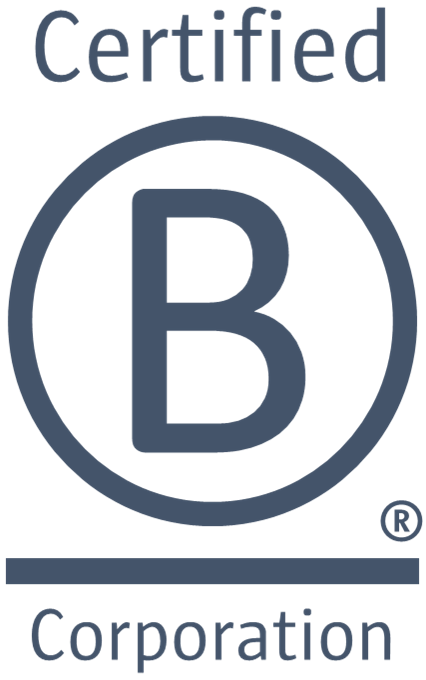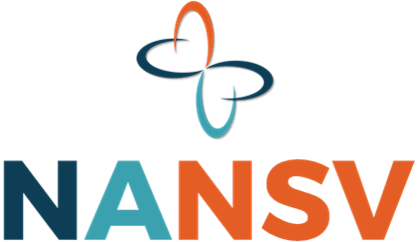
Assessing and Redesigning Your Non-profit Organization
How to assess your organization and reposition for success

In our previous post, we discussed the six critical factors affecting performance and efficiency. Now, let's look at understanding how those levers are impacting your non-profit, and purposefully re-tooling them to improve sustainability and outcomes.
Performing an organizational assessment
How should non-profits go about assessing their organizations? In most cases, starting with an up-to-date, responsive strategy is extremely helpful, though it may not be possible to engage in formal strategic planning when there are immediate, unexpected changes in the environment. Even then, however, informal direction from the board is necessary. Typically, however, it’s the executives—not the board—will drive assessments, since they are mostly focused on operational challenges.
There are seven key steps to follow to assess and improve your non-profit's capacity:
1. Define the required outcomes
First, identify the results the nonprofit needs to achieve. These are what the organization needs to be set up to accomplish. Often, they’ll be informed by a strategic plan, which should have measurable objectives, a baseline, and targets in response to the populations’ and organizations’ needs.
2. Communicate the initiative
Organizational assessment and redesign can be unsettling for staff if they are uncertain as to the purpose and approach. In addition, employees and volunteers are likely to have perspectives that will add value to the process. Openly and consistently communicate, from initiation all the way to completion.
3. Gather relevant information
What’s documented—and what’s not—will provide important information. Collect the most current strategic plan, organizational charts, job descriptions, process maps and Standard Operating Procedures (SOPs), and related information. Note what the organization doesn’t have as well.
4. Involve and listen to the people
Your workforce will help uncover how the organization looks and operates in practice. Knowing what’s really going on vs. what’s documented illuminates issues and opportunities. They'll also identify their challenges and needs, have ideas to improve, and are more likely to take ownership of the solutions.
5. Analyze and explain capacity gaps
Using what’s been collected, evaluate the organization’s current ability to achieve the outcomes and examine within and across factors to find the immediate and root causes of capacity gaps. They can be laid out visually to better see issues that contribute to more than one shortfall.
6. Identify “quick wins” and systemic changes
It’s now time to decide how to “fix” what’s behind the capacity gaps. Some improvements—usually for the “surface” problems—can be made right away, while others address more complex, cross-factor and root causes. Solutions to the latter may require more time and effort, but will lead to sustainable improvements.
7. Develop an implementation plan
Changes impact clients, staff, and stakeholders. Learn how people are likely to react. Communicate, and identify and leverage "champions." You'll also want to prioritize and sequence changes based on effects of change, timing of need, benefits vs. costs, and access to financial, human, and other resources, etc.
Who should be involved?
Executives “sponsor” organizational assessments. Ideally, objective external consultants will guide them. Involving management and staff, however—in identifying problems and developing solutions—is essential. In addition, the need to communicate progress, outcomes, and rationale, can’t be over-emphasized. Inclusion and transparency helps build a sense of ownership, alleviates concerns, and helps overcome resistance. At the end of the day, everyone plays a role in making organizational change a success!
Learn More and Take Action
Contact Snowflake for more information and to get started today.
Read our previous post on the key factors involved in organizational performance.
Jan Bresch, Executive Director of Special Love, Inc., contributed to this article.
Read Other Posts
















